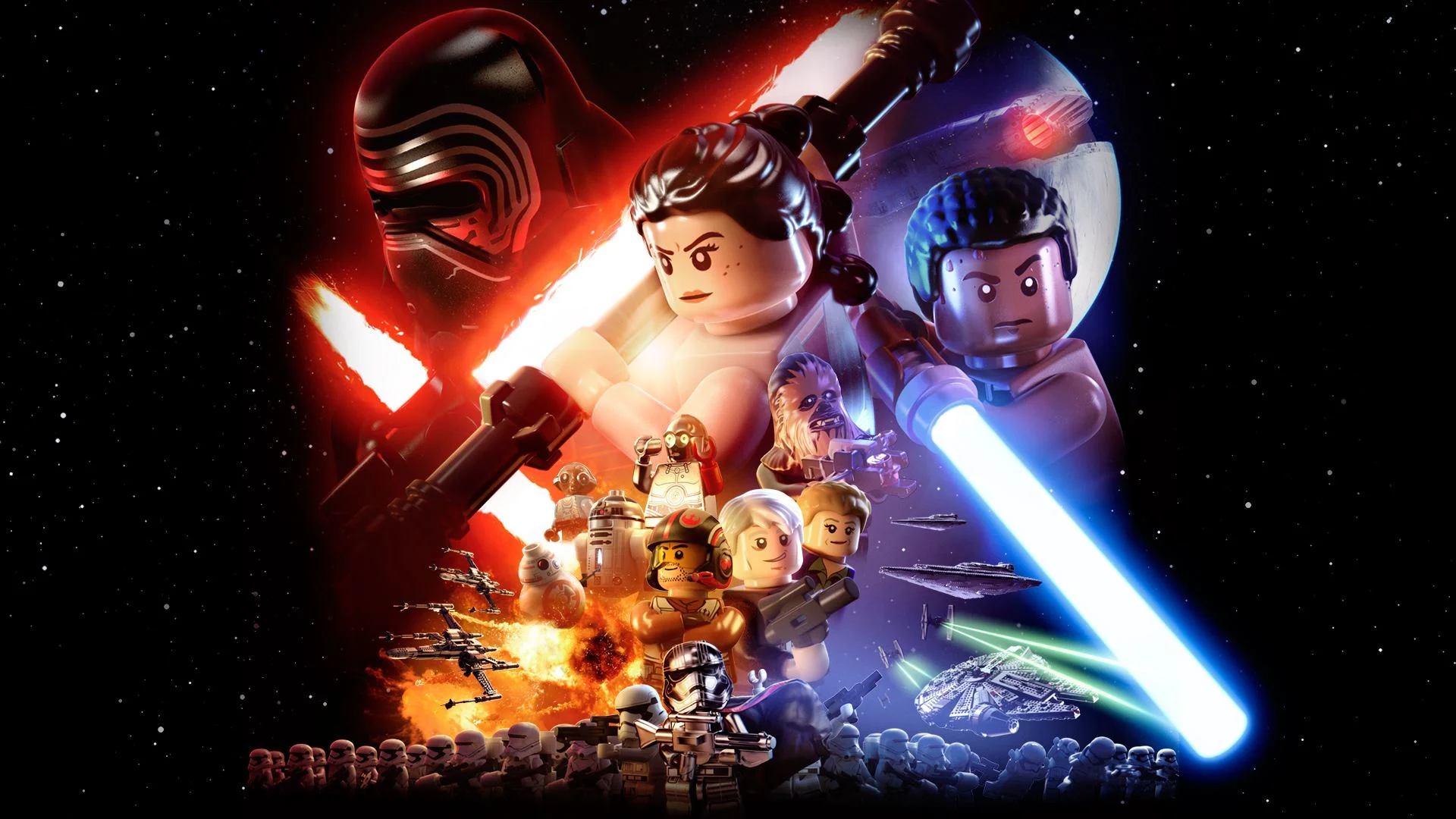The King of Co-branding
Risky Business
Co-branding is a practice long used by businesses to build brand equity, and if executed correctly, can catapult sales for both parties. Slapping the Batman logo on a product may seem like the easy option for marketers, but results can also be disastrous, as evidenced by McDonald’s cold response to the ‘McWhopper’, a recent social media proposal put forward by rival firm Burger King. Inevitably an element of risk always exists when co-branding, but the key to reducing such risk is to connect brands that are complimentary, not competing. Toy construction specialists Lego therefore provide the perfect blueprint of how two compatible brands can exist side by side and successfully grow together.
“Everything from theme parks, movies and video games presents a lucrative dual-brand opportunity.”
Global Success
Surprisingly, Lego initially resisted the urge to enter into licensing agreements, preferring to rely on its own intellectual property. In 1999, the company performed a U-turn on this decision and entered into a range of partnerships with multi-million pound franchises including Star Wars, Marvel and Jurassic Park. Such agreements proved successful and enabled the company to dominate the toy industry and surpass Mattel in terms of overall value. Profits further transcended into the entertainment industry, with everything from theme parks, movies and video games presenting a lucrative dual-brand opportunity. Numerous tie-ins seemingly demonstrate Lego’s ‘not too picky’ nature, but in reality the opposite is true. Lego’s success can be attributed to its strict guidelines and selectiveness when choosing brands to partner with. Further, Lego is known to only partner with those offering properties and settings that easily translate to the themes that Lego build their toys upon. For example, Lego sees Star Wars as the perfect brand partner because its spaceships perfectly compliment Lego’s own range of aeroplanes and vehicles. The Star Wars deal undoubtedly remains a jewel in Lego’s crown with over 200 million Lego Star Wars sets sold since 1999. In 2012 the deal was renewed for a further ten years, plus many other franchises have since been brought on board, with hopes that both Lego Disney and Lego Harry Potter (to name a few) can replicate the success of Lego Star Wars.
Consider Partners Carefully
Despite much success, even Lego must carefully consider who to conduct business with, for the simple reason that negative press for one party has the potential to reverberate to the other by association. Take for example Lego’s long standing partnership with Shell, an oil and gas multinational. Their agreement, dating back decades, saw co-branded Lego sets sold at Shell petrol stations around the world. The partnership was fruitful for many years as Shell piggybacked onto a well respected brand whilst Lego gained increased retail exposure for its toy sets.
Unfortunately, in 2011, Greenpeace were formulating their ‘Save the Arctic’ campaign and did not approve of Shell’s business activity. The campaign focussed on pressurising Lego into cutting ties with Shell over its proposed plans to drill in the Arctic, a move very much frowned upon by the environmentalists. Lego thus found themselves caught in the crossfire between Greenpeace and Shell as Lego bricks were utilised to great effect within an impactful campaign video that proceeded to go viral. Just as Shell once capitalised on the credibility of the Lego brand, Greenpeace similarly leveraged the brand to their advantage, showcasing a Lego brick version of the Arctic covered in oil. Unsurprisingly, Lego were not happy with the negative press received and the fact that their brand had been targeted by Greenpeace. Lego Group CEO Jørgen Knudstorp made it known that he believed Greenpeace should have resolved their issues directly with Shell, but ultimately ties were reluctantly cut as Lego sought to protect its brand image.
Everything is NOT awesome according to Greenpeace.
Lego’s history of successful co-branding is certainly impressive, yet evidently no company is invincible or insusceptible to the associated dangers of connecting one brand with another. Lego’s brand compatibility with oil giant Shell was always questionable, hence it came as no surprise when Lego was involuntarily dragged into a damaging dispute of no relevance. In light of this, maybe even the kings of co-branding will exercise caution before forming future brand alliances.


